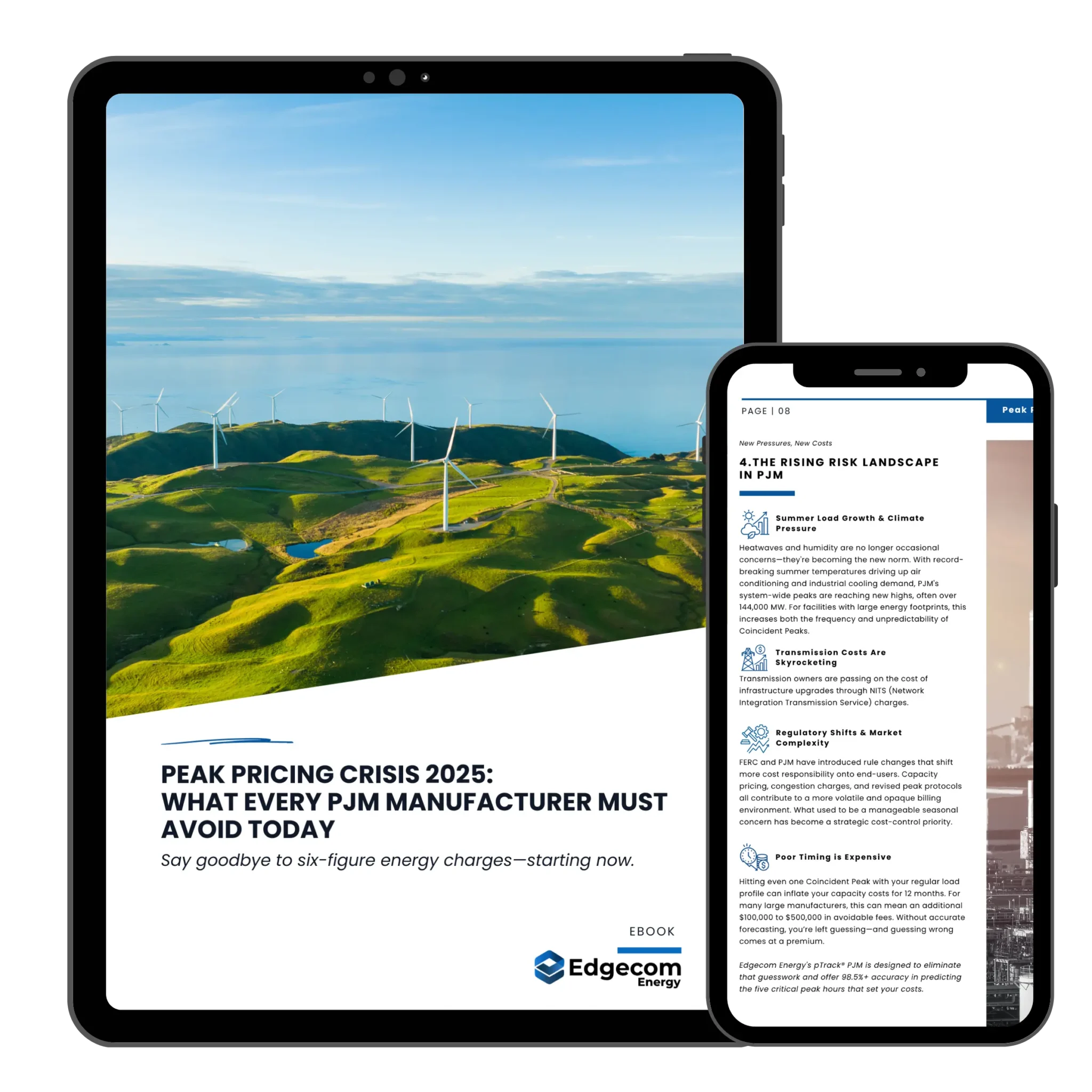In an era where energy consumption and efficiency are pivotal, Automated Demand Response (ADR) emerges as a game-changer. ADR represents a significant change in energy management, using advanced technologies to optimize energy consumption, reduce costs, and improve grid reliability. But what exactly is ADR, and why is it becoming increasingly important for industrial consumers?
Understanding Automated Demand Response
Automated Demand Response is a system that automatically changes or lowers the amount of energy used during peak times based on price signals, grid needs, or incentives. ADR systems handle energy loads automatically based on pre-set criteria or real-time signals from the grid operator. This is different from traditional demand response programs, which often need to be managed manually.
How Does ADR Work?
ADR systems typically involve several key components:
Energy Management Systems (EMS)
Energy Management Systems monitor and control energy usage in real-time. They receive signals from the grid operator or utility and adjust energy consumption accordingly.
Communication Infrastructure
This ensures seamless and instantaneous communication between the grid operator, utility, and the energy management system. It uses secure, reliable networks to transmit signals and data.
Smart Devices and Appliances
These include smart thermostats, lighting systems, HVAC units, and industrial equipment that can be controlled remotely and programmed to respond to ADR signals.
Control Algorithms
These algorithms determine the optimal way to reduce or shift energy usage without compromising comfort or operational efficiency.
Benefits of Automated Demand Respons For Industrial Consumers
- Cost Savings: By reducing energy usage during peak times, industrial consumers can use lower electricity rates and avoid peak demand charges.
- Increased Convenience: ADR systems automate the demand response process, eliminating the need for manual intervention and ensuring everything runs smoothly.
- Enhanced Control: Consumers can set preferences and parameters for ADR, ensuring that their energy usage aligns with their comfort and operational needs.
Example Use Cases of ADR
Commercial Buildings: Office buildings, shopping malls, and other commercial facilities can use ADR to adjust lighting, HVAC, and other energy-intensive systems during peak periods.
Industrial Facilities: Manufacturing plants and industrial sites can shift or reduce energy usage in non-time-sensitive processes, significantly reducing demand.
The Future of ADR
As the energy landscape evolves, ADR will be crucial in transitioning to a more sustainable and resilient grid. ADR systems will grow increasingly sophisticated, effective, and common as renewable energy sources are integrated and cutting-edge technology like artificial intelligence and machine learning are introduced.
Automated Demand Response represents more than just a technological advancement; it signifies a fundamental change in how we manage and use energy. Automating the demand response process creates a win-win solution for both industrial consumers and the environment. As we move toward a smarter, greener energy future, ADR will be at the forefront, making our energy systems more reliable, efficient, and sustainable.
Edgecom Energy is an experienced Demand Response Aggregator in Ontario and offers Automated Demand Response. Contact Us to learn more.

